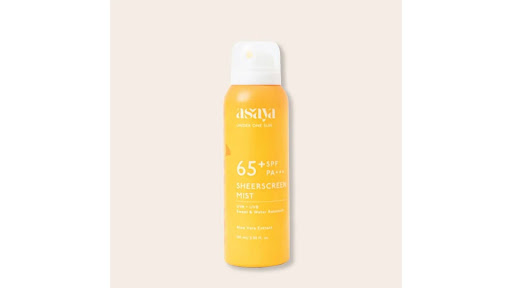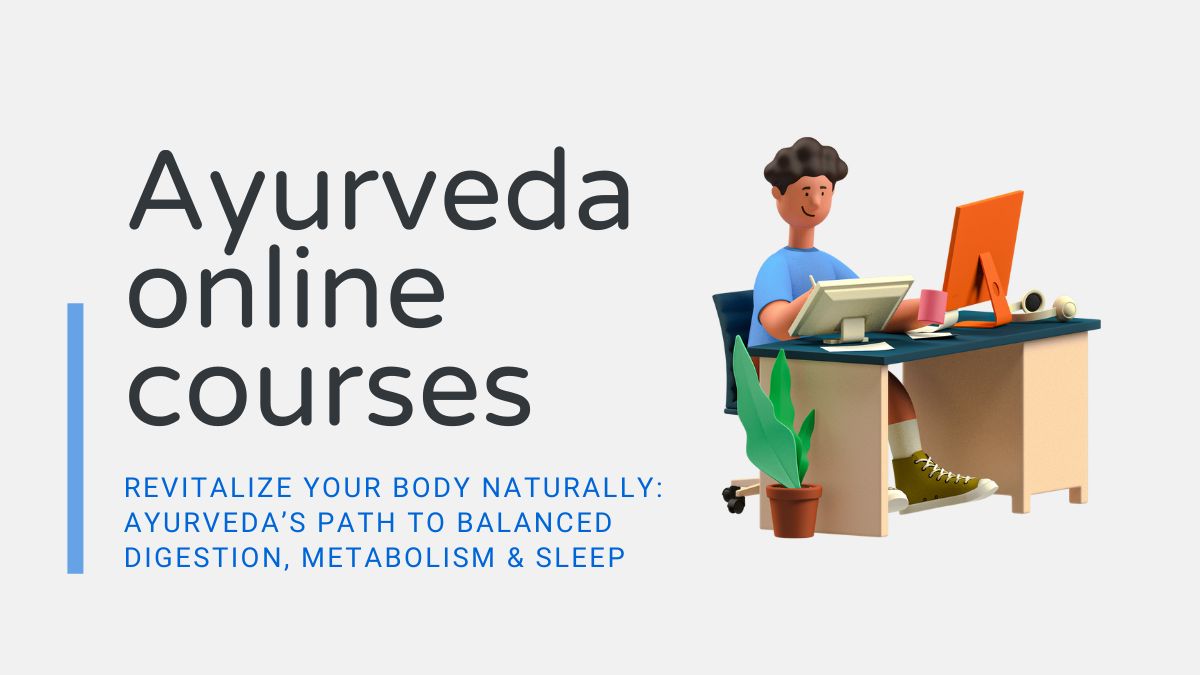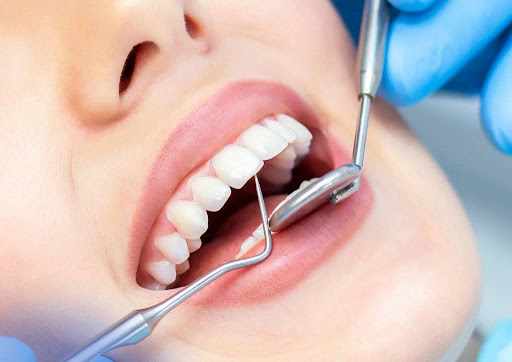Everything You Need to Know About Botox Treatments and Their Medical Uses

Botox, known scientifically as botulinum toxin, is one of the most widely used and researched medical and cosmetic treatments in the world. Originally developed for therapeutic purposes, Botox has evolved to serve both aesthetic and clinical functions, helping millions of people improve their appearance and manage various health conditions.
Modern Botulīna toksīna injekcijas (botox) are performed in a controlled and professional medical environment to ensure safety and effectiveness. These injections work by temporarily relaxing targeted muscles, which not only smooths out facial wrinkles but also helps alleviate certain medical disorders such as chronic migraines, excessive sweating, and muscle spasms.
What Is Botox and How Does It Work?
Botox is a purified form of botulinum toxin type A, a neurotoxic protein produced by the bacterium Clostridium botulinum. When injected in small, controlled doses, it temporarily blocks nerve signals that cause muscles to contract. As a result, the treated muscles relax, reducing the appearance of dynamic wrinkles caused by repeated facial movements like frowning or squinting.
The effects of Botox are temporary, typically lasting between three to six months. Over time, the nerve endings regenerate, and muscle activity gradually returns, at which point patients may choose to repeat the treatment to maintain results.
Common Cosmetic Uses of Botox
Botox is most well-known for its cosmetic applications. It effectively smooths out fine lines and wrinkles, providing a more youthful and refreshed appearance without surgery. The most common treatment areas include:
- Forehead lines: Horizontal wrinkles that develop from raising the eyebrows.
- Frown lines: Vertical lines between the eyebrows, also called “11 lines.”
- Crow’s feet: Fine lines around the eyes caused by smiling or squinting.
- Bunny lines: Small wrinkles on the sides of the nose.
- Lip lines and chin dimpling: To enhance facial symmetry and smooth texture.
In skilled hands, Botox can also be used for subtle facial contouring, such as lifting the eyebrows or relaxing the jaw muscles for a slimmer appearance.
Medical Applications of Botox
Beyond cosmetic purposes, Botox has a wide range of therapeutic uses approved by medical authorities worldwide. Its ability to relax specific muscles or glands makes it an effective treatment for several conditions, including:
1. Chronic Migraines: Botox injections can reduce the frequency and intensity of migraine attacks by targeting pain-transmitting nerve endings.
2. Hyperhidrosis (Excessive Sweating): Botox helps control overactive sweat glands, particularly in the underarms, palms, or forehead.
3. Muscle Spasticity: Patients with conditions like cerebral palsy or post-stroke muscle stiffness benefit from reduced muscle tension.
4. Cervical Dystonia: Botox helps relieve painful neck muscle contractions and abnormal head positions.
5. Bladder Disorders: It is used to treat overactive bladder symptoms such as urgency and incontinence.
6. Eye Conditions: Including strabismus (crossed eyes) and blepharospasm (uncontrolled blinking).
These medical uses highlight the versatility of Botox as a treatment that extends far beyond aesthetics.
What to Expect During a Botox Procedure
A Botox session is quick, minimally invasive, and generally well-tolerated. The procedure usually takes between 10 to 30 minutes, depending on the treatment area. After cleansing the skin, the practitioner uses a fine needle to inject small amounts of the solution into targeted muscles.
Most patients experience only minor discomfort during the injections, often described as a brief pinch. There is no need for anesthesia or recovery time, allowing patients to resume normal activities immediately after treatment. Some mild redness or swelling may occur but typically subsides within a few hours.
Results and Longevity of Botox Treatments
The results of Botox injections typically begin to appear within three to seven days, with full effects visible after two weeks. The smooth and youthful appearance usually lasts three to six months, depending on factors such as metabolism, dosage, and treatment area.
To maintain consistent results, many patients schedule regular follow-up appointments. Over time, repeated treatments can even help retrain facial muscles, potentially prolonging the results and requiring fewer units per session.
Safety and Side Effects
When administered by a trained medical professional, Botox is considered safe with minimal risk of complications. However, as with any medical procedure, side effects can occur. Common but temporary effects include mild bruising, headache, or local tenderness at the injection site. Rarely, improper injection techniques can cause drooping of nearby muscles, which resolves naturally over time.
Patients are advised to avoid rubbing the treated area, strenuous exercise, or lying down for several hours after the procedure to ensure optimal results.
Who Should Avoid Botox?
While Botox is suitable for most healthy adults, certain individuals should avoid treatment, including:
- Pregnant or breastfeeding women.
- People with neuromuscular disorders such as myasthenia gravis.
- Those allergic to any components of the injection formula.
A consultation with a qualified practitioner is essential to determine whether Botox is appropriate based on personal health history and treatment goals.
Conclusion
Botox remains one of the most trusted and effective solutions for both aesthetic enhancement and medical therapy. Whether used to reduce wrinkles, treat chronic migraines, or manage muscle-related conditions, botulinum toxin injections offer safe, reliable, and noticeable results. Professional Botulīna toksīna injekcijas (botox) are a valuable tool in modern medicine, helping patients improve not only their appearance but also their overall quality of life through targeted, minimally invasive care.







